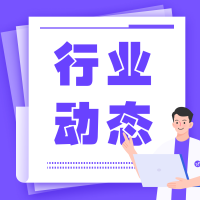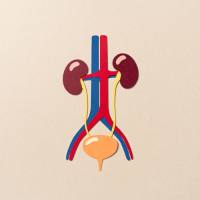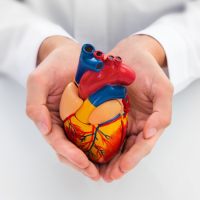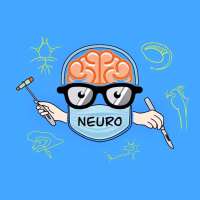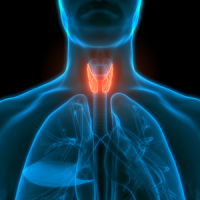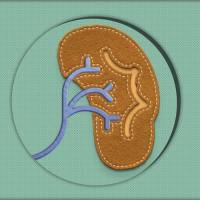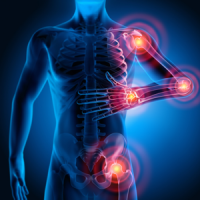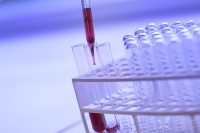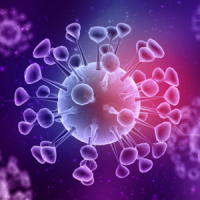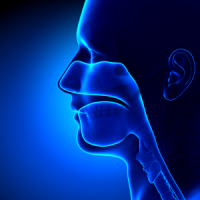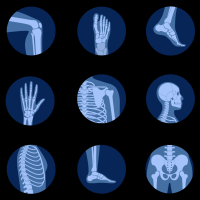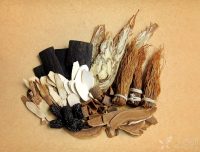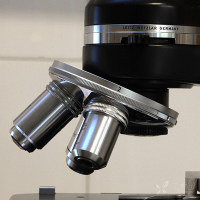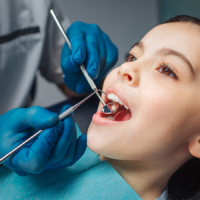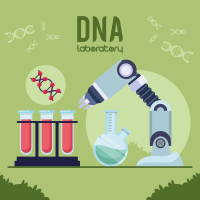PaperWeekly----第110期(17 Aug 2018)
PaperWeekly----第110期(17 Aug 2018)
周博(WxID: 疼痛研究论坛)
这里我们精选了这一周发表的优秀论文与您共享,如果您对其中某篇文献内容有自己的想法,或者您知道研究背后的故事,又或者您对疼痛研究有自己的视角和见解,欢迎您为我们撰写相关文章,非常欢迎!
本周推送文章:
目录:
1.The Biennial Review of Pain.
2.Microglial pannexin-1 channel activation is a spinal determinant of joint pain.
摘要:
1.The Biennial Review of Pain.
疼痛研究的两年回顾
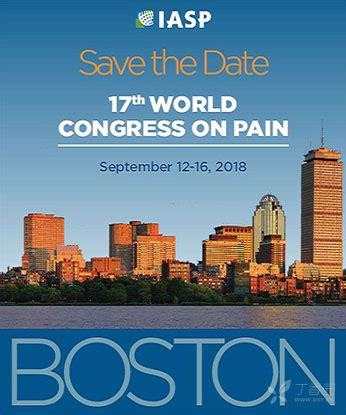
2018年世界疼痛大会(每两年一届)于9月12-16日在美国波士顿召开,在会议开始之前,Pain杂志专门邀请了会议的讲者撰写了相关各领域的评述性文章于新的一期进行发表。主要内容有:
1.An introduction to the Biennial Review of Pain.
Gold MS Pain.
2018 Sep; 159 Suppl 1:S1-S2.
PMID: 30113940.
2.How expectations influence pain.
Fields HL
Pain. 2018 Sep; 159 Suppl 1:S3-S10.
PMID: 30113941.
3.Postoperative pain, analgesia, and recovery-bedfellows that cannot be ignored.
Kehlet H
Pain. 2018 Sep; 159 Suppl 1:S11-S16.
PMID: 30113942.
4.Chronic pain as embodied defence: implications for current and future psychological treatments.
Eccleston C
Pain. 2018 Sep; 159 Suppl 1:S17-S23.
PMID: 30113943.
5.The brain on opioids.
Ballantyne JC
Pain. 2018 Sep; 159 Suppl 1:S24-S30.
PMID: 30113944.
6.Using stratified medicine to understand, diagnose, and treat neuropathic pain.
Themistocleous AC, Crombez G, Baskozos G, Bennett DL
Pain. 2018 Sep; 159 Suppl 1:S31-S42.
PMID: 30113945.
7.Global burden of pain and global pain policy-creating a purposeful body of evidence.
Blyth FM, Huckel Schneider C
Pain. 2018 Sep; 159 Suppl 1:S43-S48.
PMID: 30113946.
8.Postmodern pain education: "from being to becoming".
Carr DB
Pain. 2018 Sep; 159 Suppl 1:S49-S55.
PMID: 30113947.
9.From evidence to influence: dissemination and implementation of scientific knowledge for improved pain research and management.
Chambers CT
Pain. 2018 Sep; 159 Suppl 1:S56-S64.
PMID: 30113948.
10.A bright future? Optogenetics in the periphery for pain research and therapy.
Mickle AD, Gereau RW
Pain. 2018 Sep; 159 Suppl 1:S65-S73.
PMID: 30113949.
11.Education in pain and palliative care in the low- and middle-income countries of the Asia Pacific region.
Goh C R, Lee S-Y
Pain. 2018 Sep; 159 Suppl 1:S74-S80.
PMID: 30113950.
12.The exceptional role of the first division of the trigeminal nerve.
May A
Pain. 2018 Sep; 159 Suppl 1:S81-S84.
PMID: 30113951.
13.Chronic pain and mental health: integrated solutions for global problems.
Kohrt BA, Griffith JL, Patel V
Pain. 2018 Sep; 159 Suppl 1:S85-S90.
PMID: 30113952.
14.Exercise-induced pain and analgesia? Underlying mechanisms and clinical translation.
Sluka KA, Frey-Law L, Hoeger Bement M
Pain. 2018 Sep; 159 Suppl 1:S91-S97.
PMID: 30113953.
15.Pain pathogenesis in rheumatoid arthritis-what have we learned from animal models?
Krock E, Jurczak A, Svensson CI
Pain. 2018 Sep; 159 Suppl 1:S98-S109.
PMID: 30113954.
2.Microglial pannexin-1 channel activation is a spinal determinant of joint pain.
脊髓小胶质细胞上pannexin-1通道的激活是关节疼痛的一个决定因素
Mousseau M, Burma NE, Lee KY, Leduc-Pessah H, Kwok CHT, Reid AR, O'Brien M, Sagalajev B, Stratton JA, Patrick N, Stemkowski PL, Biernaskie J, Zamponi GW, Salo P, McDougall JJ, Prescott SA, Matyas JR, Trang T.
Sci Adv. 2018 Aug 8.
PMID: 30101191
Abstract
Chronic joint pain such as mechanical allodynia is the most debilitating symptom of arthritis, yet effective therapies are lacking. We identify the pannexin-1 (Panx1) channel as a therapeutic target for alleviating mechanical allodynia, a cardinal sign of arthritis. In rats, joint pain caused by intra-articular injection of monosodium iodoacetate (MIA) was associated with spinal adenosine 5'-triphosphate (ATP) release and a microglia-specific up-regulation of P2X7 receptors (P2X7Rs). Blockade of P2X7R or ablation of spinal microglia prevented and reversed mechanical allodynia. P2X7Rs drive Panx1 channel activation, and in rats with mechanical allodynia, Panx1 function was increased in spinal microglia. Specifically, microglial Panx1-mediated release of the proinflammatory cytokine interleukin-1β (IL-1β) induced mechanical allodynia in the MIA-injected hindlimb. Intrathecal administration of the Panx1-blocking peptide 10panx suppressed the aberrant discharge of spinal laminae I-II neurons evoked by innocuous mechanical hindpaw stimulation in arthritic rats. Furthermore, mice with a microglia-specific genetic deletion of Panx1 were protected from developing mechanical allodynia. Treatment with probenecid, a clinically used broad-spectrum Panx1 blocker, resulted in a striking attenuation of MIA-induced mechanical allodynia and normalized responses in the dynamic weight-bearing test, without affecting acute nociception. Probenecid reversal of mechanical allodynia was also observed in rats 13 weeks after anterior cruciate ligament transection, a model of posttraumatic osteoarthritis. Thus, Panx1-targeted therapy is a new mechanistic approach for alleviating joint pain.
全文地址: https://www.ncbi.nlm.nih.gov/pmc/articles/PMC6082646/pdf/aas9846.pdf


